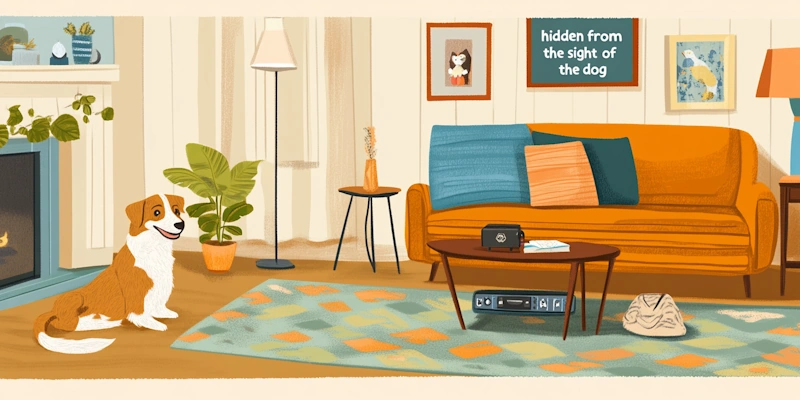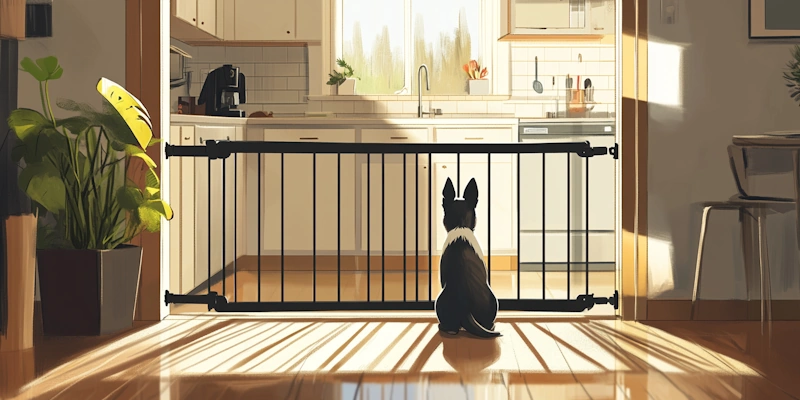Introduction
Dog-proofing your home is essential for ensuring your pet's safety and your peace of mind. By taking proactive measures, you can create a safe environment for your dog and prevent accidents. Follow this step-by-step guide to dog-proof your home effectively.
1. Secure Hazardous Items
First, secure hazardous items out of your dog's reach. Store cleaning supplies, medications, and chemicals in locked cabinets. Keep small objects that can be swallowed off the floor and low tables.
Next, use baby gates to block access to dangerous areas. This prevents your dog from wandering into spaces like the kitchen or garage, where they might encounter harmful substances.
2. Protect Electrical Cords

Dogs love to chew, and electrical cords pose a significant risk. Cover cords with protective wraps or hide them behind furniture. Use cord organizers to keep them out of sight.
Additionally, unplug appliances when not in use. This reduces the risk of your dog chewing on live wires, which could cause electrical shocks or burns.
3. Use Pet-Safe Plants

Many common houseplants are toxic to dogs. Replace them with pet-safe alternatives like spider plants or Boston ferns. Research any new plants before bringing them into your home.
Furthermore, elevate plants to prevent your dog from reaching them. Place them on high shelves or hang them from the ceiling to ensure your dog's safety.
4. Secure Trash Bins
Trash bins contain many hazards, from food scraps to sharp objects. Use bins with secure lids or place them inside cabinets. This prevents your dog from rummaging through the trash and ingesting harmful items.
Moreover, consider using pet-proof trash cans. These bins are designed to keep curious pets out and maintain a clean, safe environment.
5. Install Baby Gates

Baby gates are excellent for keeping dogs out of restricted areas. Install gates at the top and bottom of stairs to prevent falls. Use them to block off rooms with potential hazards.
Transitioning to baby gates is simple and effective. They provide a physical barrier, giving you control over where your dog can roam.
6. Create a Safe Space
Designate a safe space for your dog to relax. Use a crate or a designated room with their bed, toys, and water. This area should be free from hazards and provide comfort.
Creating a safe space helps your dog feel secure. It also gives you peace of mind, knowing they have a safe place to stay when you're not home.
7. Keep Personal Items Secure
Dogs can be curious about personal items like shoes, clothes, and bags. Keep these items in closets or on high shelves. This prevents your dog from chewing on or swallowing something harmful.
Using storage solutions like bins or hooks can help organize and secure your belongings. This keeps them out of your dog's reach and maintains a tidy home.
Conclusion
Dog-proofing your home is crucial for your pet's safety. By securing hazardous items, protecting electrical cords, using pet-safe plants, securing trash bins, installing baby gates, creating a safe space, and keeping personal items secure, you can ensure a safe environment for your dog.